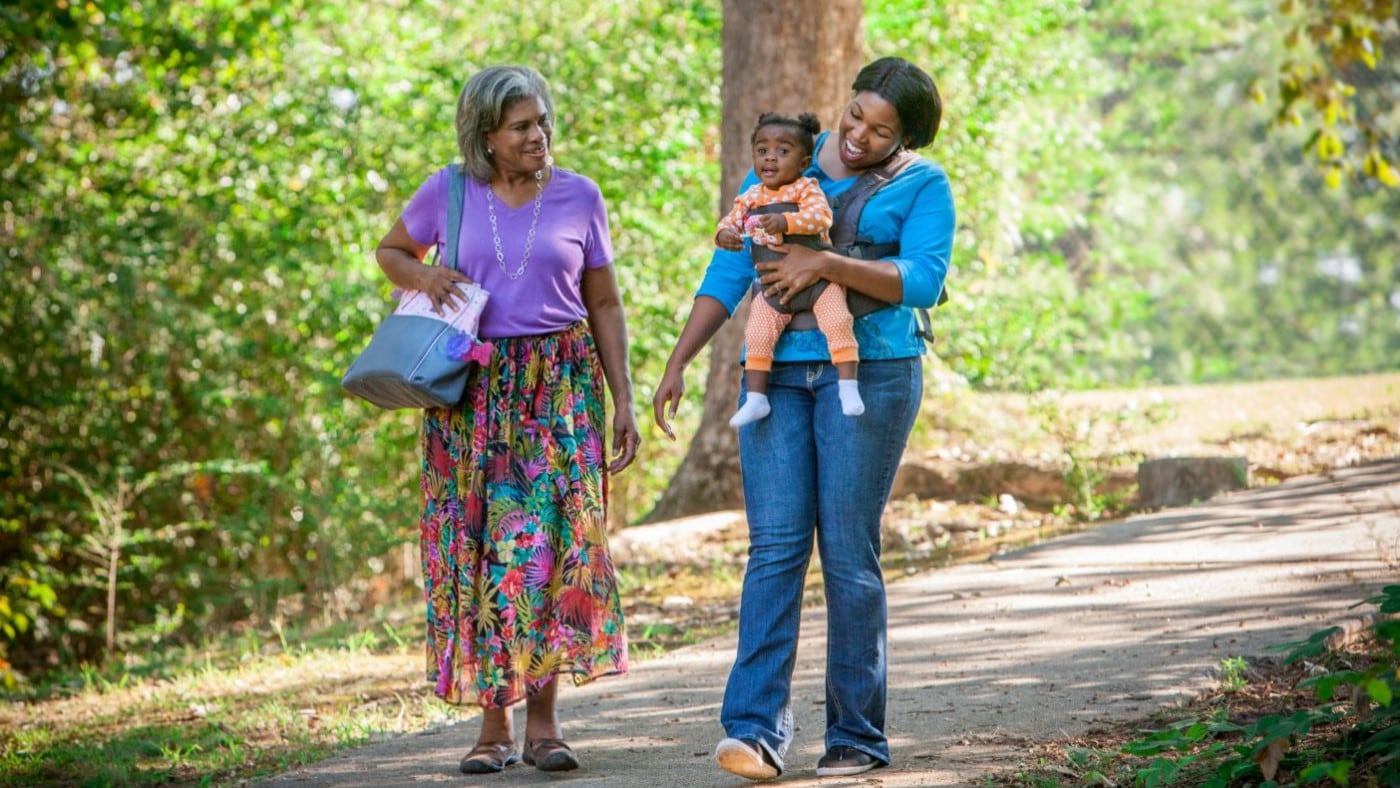At a glance
This module helps users assess the plans, policies, environments, and resources for community access to parks and recreational facilities.

About this module
Who should be involved: Experts with knowledge of the community's parks and recreation, as well as planning policies, plans, and resources. These include experts in:
- Parks and recreation.
- Planning.
Time to complete: It will take approximately 40 minutes to complete Module 5.
Special notes on Module 5
The Active Communities Tool Assessment, Module 5, covers the plans, policies, environments, and resources for access to parks and recreational facilities.
This module does not address the quality of parks or programming available in the parks and recreational facilities. These are important factors to consider and are beyond the scope of this tool.
